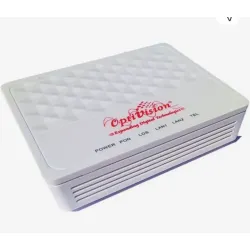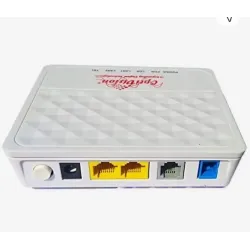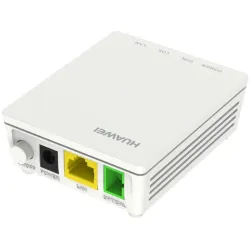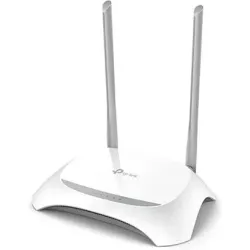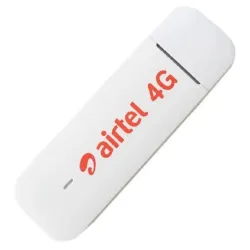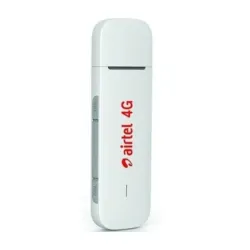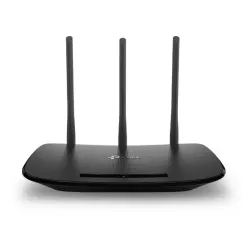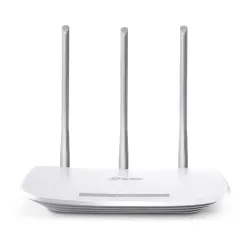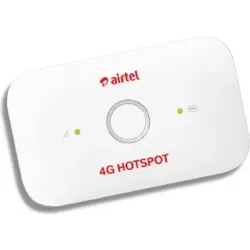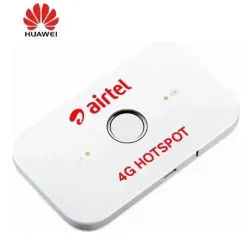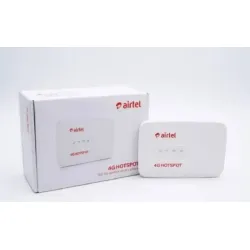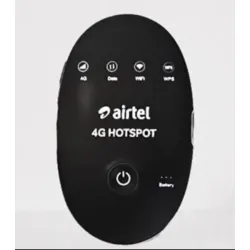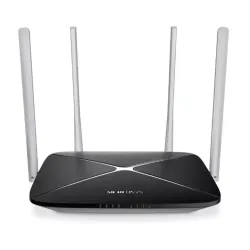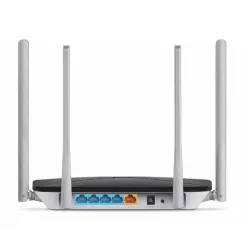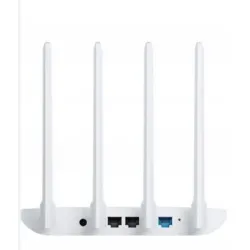Get The Router for your Business for a Reasonable Price | Cisco D-link HP TP-Link Huawei
Performance and Features of Router
What are Routers?
A router is a device that connects multiple networks together and forwards data packets between them. It is a crucial component in computer networking that helps to manage and direct traffic on a network. A router can be used to connect computers, printers, and other devices to the internet, as well as to other networks.
Routers typically use the Internet Protocol (IP) to communicate and operate on the network layer of the OSI model. They use routing tables to determine the best path for data packets to travel based on the destination address. Routers can be wired or wireless and come in a variety of sizes and shapes, from small home routers to large enterprise-level routers that can handle massive amounts of data traffic.
How to do Router's Performance?
There are several ways to improve your router's performance and optimize your network's speed and reliability. Here are some tips:
Update your router's firmware:
Router manufacturers often release firmware updates that fix bugs and security issues and improve performance. Check your router's documentation or the manufacturer's website to see if there are any updates available and follow the instructions to install them.
Choose the right location:
The location of your router can have a big impact on its performance. Place it in a central location, away from walls and obstructions, and keep it at a reasonable distance from other electronic devices that could cause interference.
Use the right wireless channel:
If you're using a wireless router, make sure it's set to the optimal wireless channel. Use a Wi-Fi analyzer app to scan for nearby networks and choose a channel that's less congested.
Upgrade your router:
If your router is old or outdated, consider upgrading to a newer model that supports the latest Wi-Fi standards and technologies, such as Wi-Fi 6.
Manage your bandwidth:
If you have multiple devices using your network, consider using Quality of Service (QoS) settings to prioritize traffic and ensure that important applications and devices get the bandwidth they need.
Add a network extender:
If your router's coverage is limited, consider adding a network extender or repeater to improve the range and performance of your network.
Features of Router?
Routers typically offer a range of features and capabilities that help to manage and direct network traffic. Here are some of the key features of routers:
Routing:
Routers use routing tables to determine the best path for data packets to travel between different networks.
Network Address Translation (NAT):
NAT allows multiple devices on a network to share a single public IP address.
Quality of Service:
QoS allows you to prioritize traffic on your network to ensure that important applications and devices get the bandwidth they need.
Firewall:
Many routers include built-in firewalls that can help to protect your network from unauthorized access and attacks.
VPN support:
Some routers offer built-in VPN support, allowing you to create a secure connection between your network and remote devices or networks.
Parental controls:
Some routers include parental controls that allow you to restrict access to certain websites or limit the amount of time that certain devices can be used.
Guest network:
Many routers allow you to set up a separate network for guests, so they can access the internet without being able to access your main network.
Port forwarding:
Port forwarding allows you to direct traffic from a specific port on your public IP address to a specific device on your network.
Wireless networking:
Most routers offer built-in wireless networking capabilities, allowing you to connect wireless devices to your network.
Traffic monitoring:
Some routers offer traffic monitoring tools that allow you to see how much data is being used on your network and which devices are using it.
Specification of Router
The specifications of a router can vary depending on the model and manufacturer, but here are some of the common specifications that you might see:
Wireless standard:
The wireless standard, such as Wi-Fi 6 (802.11ax) or Wi-Fi 5 (802.11ac), determines the maximum speed and range of the router's wireless network.
LAN ports:
LAN ports are used to connect devices to the router using an Ethernet cable. The number of LAN ports can vary, but most routers have at least four.
WAN port:
The WAN port is used to connect the router to the internet, typically through a modem or other internet service provider (ISP) device.
Antennas:
Routers may have one or more antennas that help to transmit and receive wireless signals.
Processor:
The processor, or CPU, determines the speed and performance of the router. Higher-end routers typically have faster processors.
RAM:
The amount of RAM in a router can affect its performance, particularly when handling multiple devices or large amounts of network traffic.
Flash memory:
Flash memory is used to store the router's firmware and other settings. The amount of flash memory can vary and may be important if you plan to use advanced features or install custom firmware.
Range:
The range of a router's wireless network depends on several factors, including the wireless standard, the number of antennas, and the environment in which the router is used.
Security features:
Routers may include a range of security features, such as firewalls, VPN support, and parental controls.
Dimensions:
The size and shape of a router can be important if you plan to use it in a specific location or if you have limited space.
Routers are networking devices that forward data packets between computer networks. They act as the central hub that directs data traffic from one network to another, such as between your home network and the internet. Routers use routing tables to determine the best path for data to take, and they also provide other network services such as security and network address translation (NAT).
A router is a networking device that forwards data packets between computer networks. It acts as a central hub that connects multiple devices and networks together and directs traffic between them. Routers use routing tables to determine the best path for data to take, and they also provide other network services such as security and network address translation (NAT). In essence, a router is an essential component of any network that enables devices to communicate with each other and access the internet.
A router is a device that forwards data packets between different networks. It connects devices in one network to devices in another network, such as between your home network and the internet. Routers use routing tables to determine the best path for data to take, and they also provide other network services such as security and network address translation (NAT).A switch, on the other hand, is a device that connects devices within the same network. It is used to create a network by connecting multiple devices together, such as computers, printers, and servers. Switches use MAC addresses to direct data packets to the correct device on the same network.
An example of a router is the popular home networking device, the Linksys EA7500 Max-Stream. This router provides high-speed Wi-Fi connectivity and has features such as parental controls and device prioritization. Other examples of routers include the Cisco ISR 4000 series, the Ubiquiti EdgeRouter X, and the Netgear Nighthawk X10, which offer a range of advanced features for businesses and home users.

